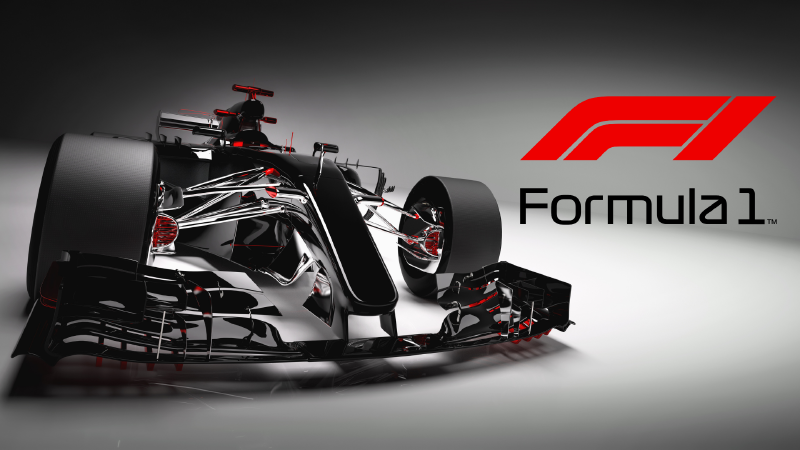The Race Weekend
Friday, Saturday, and Sunday are the most interesting days of Race Week. Starting from Friday with 2 free practice sessions – FP1 and FP2, moving on to Saturday with a Free Practice Session followed by the Qualification for the Main Race on Sunday. Let’s find out about what actually happens on each of these 3 days. Before that, it’s always good to know certain terminologies to better understand F1, you can find them here.
Free Practice Friday
Free Practice is exactly what it sounds like, The Drivers are free to practice on the track of the race for a period of one hour. There are 3 Free Practice Sessions allowed which are spread over 2 days – Friday and Saturday with Friday holding two of those, whilst Saturday has one followed with a Qualification session. Free Practice 1 or FP1 is usually a morning session. During this time, there is no bar on what tyres or what configuration a team uses. That is kind of the objective of free practice. To give teams exposure to the track and conditions so as to find the most suitable configuration for their cars. The Driver or the team is not allowed to run a car on the track outside the assigned hours of FP1, FP2, FP3, Qualification, and of course the main race. So, it is essential that the teams make use of whatever time they get experimenting with different configurations, different tyres, and more during this period. Some teams go so far as to use 2-3 different tyre sets on a car on both the drivers of the team to test which would be better suited!
Once the free practice starts, the lights go out indicating that the track is open for all cars and that the session has started and they have exactly 60 seconds of the practice. The constructors can choose to send out their cars at any point of time during this period and call them back to the garage or the pits to make a change. The way usually a Free Practice happens is that a driver will drive out of the garage first and attempt to warm up his tyres. This is done to get a better grip on the tarmac. This lap where he gets out of the garage is called an out-lap. During this, he has to give way and get out of the way of other drivers who might be on something called a flying lap. A flying lap of a driver starts when he crosses the finish (also the start line) line of his out-lap. A driver on a flying lap has to be given way at all costs. If any driver obstructs another driver, he may attract a penalty depending on the situation. Once he crosses the finish line again, the flying lap ends and the in-lap begins and as you might have guessed, it is similar to the out lap but this time around, the driver goes back into the garage whilst cooling his tyres, brakes, and engine. Once in the garage, the pit crew can decide whether any changes have to be made to the car’s configuration. There is no limit as to how many flying laps a driver can do, but it is usually not more than 3-4. The fastest flying lap is calculated accurately to 1/1000th of a second and the leader board is prepared. This Leader board serves no purpose but that other teams and the viewers can see who was the fastest on that day of practice, the teams can work on their car based on this. After exactly 60 minutes, the checkered flag is waved indicating the session has been stopped and that all drivers should return to the pit immediately. If a driver was on a flying lap before the flag was waved, they are allowed to complete that lap before heading to their garage. If there is an incident on the track or if the weather conditions are extremely bad (like in the Belgium GP 2021) the Race Director can decide to call off the session early, postpone it or cancel it altogether.
This continues for FP2 and FP3 as well. FP2 is held about 2-3 hours after FP1 on Friday whilst FP3 is held on Saturday followed by the qualification for Sunday’s Main Race. For more on the Qualification Saturday, stay tuned for Part 4!
